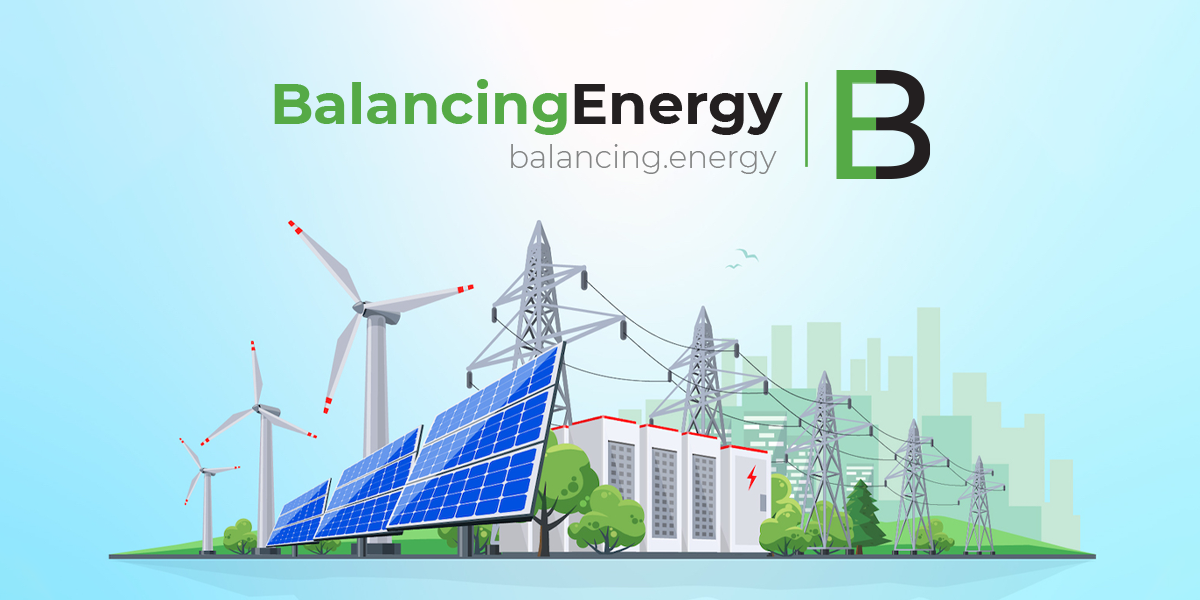In Week 46 of 2024, electricity prices in Southeast Europe (SEE) surged compared to the previous week (Week 45). The increase in electricity demand across all SEE countries during the week of November 11 led to higher prices in the region’s electricity markets. Additionally, the weekly average gas prices at TTF hovered around €40/MWh, which further contributed to the rise in wholesale electricity prices.
Price increases across the region
Greece and Hungary saw the largest percentage increases in electricity prices, with rises of 64.59% and 54.68%, respectively. Bulgaria and Romania followed closely, with price hikes of 52.85% and 52.75%. Other SEE countries also experienced significant increases, with two-digit rises, except for Italy, which registered the smallest increase of 7.55%.
Central European electricity markets
In Central Europe, electricity prices showed a mixed performance in Week 46, with prices fluctuating compared to Week 45. Despite some markets seeing a downward trend, electricity prices across the region exceeded €100/MWh. The weekly prices in Central Europe ranged from €111 to €170/MWh, with Slovakia being the most expensive market at €169.17/MWh, a 16.25% increase from the previous week. Slovenia followed at €144.55/MWh, while France had the lowest price in the region at €110.50/MWh, a 0.67% decrease from Week 45.
European price averages
The weekly average electricity prices across Europe in Week 46 were around €155/MWh. Prices ranged from €102.37/MWh in Spain to €234.30/MWh in Bulgaria and Romania. In the MIBEL market, prices in Portugal and Spain both decreased, reaching €102.93/MWh.
Southern Europe prices
In Southern Europe, all SEE countries, except Turkey, registered electricity prices above €100/MWh. Prices ranged from €70 to €234/MWh, with Turkey having the lowest price at a weekly average of €69.62/MWh. Italy was the second-cheapest electricity market in the SEE region at €132.84/MWh. Bulgaria and Romania posted the highest prices in the region, with averages of €230.34/MWh, reflecting increases of 52.75% and 52.85%, respectively. Hungary followed closely with an average price of €230.13/MWh.
Electricity demand trends
The total electricity demand in the SEE region increased by 4.36% compared to Week 45, reaching 16,261.74 GWh. This rise was largely driven by lower temperatures across the region, which led to greater use of space heating. Serbia and Bulgaria saw the largest increases in electricity demand, rising by 13.05% and 10.84%, respectively. Greece and Croatia followed with increases of 7.55% and 6.88%. Romania, however, was the only country in the region to see a decrease in electricity demand, down by 2.78%.
Renewable energy generation
Renewable energy output from variable sources plummeted during Week 46, with a 13.3% decline compared to Week 45, totaling 2,222.62 GWh. Wind energy output dropped by 27.4%, amounting to 1,268.78 GWh, largely due to low wind speeds in Turkey and Greece. In contrast, Bulgaria, Croatia, and Hungary saw increases in wind generation, with Bulgaria and Croatia posting the largest rises of 39.9% and 26.1%, respectively.
Solar generation in SEE also fell sharply, dropping by 32.6% to 621.70 GWh. The largest declines were seen in Hungary, Bulgaria, and Greece, with reductions of 74.4%, 70.5%, and 51.8%, respectively. Only Croatia recorded a slight increase in solar output, up by 3.0%.
Hydropower generation
Hydropower output in SEE dropped by 3.54% compared to Week 45, totaling 2,148.27 GWh. This decrease was mainly driven by dry conditions in Italy, which saw a 14.7% decline in hydropower generation. However, Bulgaria and Greece experienced significant increases in hydropower output, with increases of 85.99% and 60.37%, respectively.
Thermal power generation
Thermal power generation in SEE rose by 16.21% during Week 46, reaching a total of 9,285.13 GWh. This was primarily due to increased generation from both coal and gas-fired power plants. Coal-fired generation grew by 9.29%, reaching 3,918.58 GWh, while gas-fired generation surged by 21.84%, amounting to 5,366.55 GWh. Notably, Turkey saw significant increases in both coal and gas-fired generation, while Bulgaria experienced a rise in coal generation but a decline in gas generation.
Cross-border electricity trade
The region saw a sharp increase in net electricity imports, up by 108.57% to 1,129.13 GWh in Week 46. Net electricity exports from the region fell by 22.4%, totaling 241.34 GWh. Serbia and Italy saw the largest percentage increases in net imports, at 694% and 88.22%, respectively. On the other hand, Turkey remained a net exporter, with electricity exports rising by 6.41%, while Greece saw a decline in net electricity exports by 37.11%, totaling 129.56 GWh.
Overall, Week 46 of 2024 in the SEE region was marked by rising electricity prices, increased demand, and shifts in both renewable and thermal energy generation. As the weather cooled and energy consumption increased, electricity markets saw significant price fluctuations and a shift towards higher imports.










